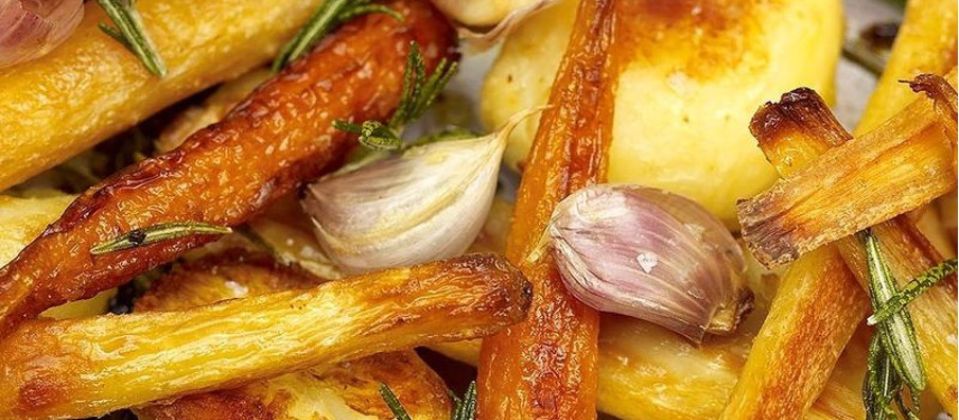We are heading into deep winter now; whatever the weather may be doing, there’s no arguing about the long twilight and long nights. A time of minimal earth activity, tipped away from the light and into quiet reflection (if you can avoid the festive craziness that is….). So as there is little growth just now, it’s a good time to take stock, make plans, and to get on with jobs that may have been neglected during the growing season.
It’s a particularly good time to cut hedges and, once the leaves have fallen, to get on with pruning soft fruit (and later the tree top fruit as well). If you leave hedges till the new year, before you know it birds will begin looking for nesting sites – and it’s illegal to disturb nesting birds. You could learn how to lay your hedges: an old craft that cuts half way through stems low to the ground (traditionally using a billhook, but a small pruning saw works too), and bending them horizontal. This makes for a really sturdy and robustly dense hedge that is hugely attractive as shelter for all sorts of wildlife. (Take a great deal of care if you’re working with blackthorn; a thorn puncture can very easily go septic so wear safety glasses and strong thick gloves.) If you’re just trimming the top of your hedge to a more reasonable height, you can still use the cuttings by lying them neatly under the hedge. There’s no need to have a polluting cancinogenic bonfire!
Not all soft fruit needs the same treatment by way of pruning so make sure to check you know what you’re doing – and that you’re not cutting off the branches that will bear fruit next year. Currants and gooseberries have different pruning needs according to their age as well, so look up the processes before you head out with your secateurs. You should already have cut out the summer’s fruited canes on summer raspberries, and tied in the fresh new growth; autumn raspberries can all be cut right down to the ground, but you don’t need to do that until late January. You can leave blackberry pruning till then too, taking out the old fruited wood and training in the new growth.
How are your winter crops holding up? Have you got enough to see you through to the early purple sprouting broccoli and cauliflowers and wild rocket next year? The root crops should be at their most delicious and of course it’s a great season for tasty roasted parsnips, carrots, celeriac, Jerusalem artichokes and stored potatoes, squash, garlic and onions. With good planning you should have plenty of fresh greens too: leeks, kales, salads and herbs. There is strong evidence for the higher nutrient quality of fresh and organically cultivated fruit and vegetables, so make sure you are helping your microbiome and immune system, as well as the soil biota, by growing without chemicals.
Permaculture systems use the idea of zoning for designing and planting, and that may feel very appropriate at this time of year. You might want to pot up a few herbs and salads from your plot and take them home to have handy near the door for days you don’t make it up to the allotment before dark, or for when the weather is just too horrible to get up there. Keep cosy, keep gardening!


